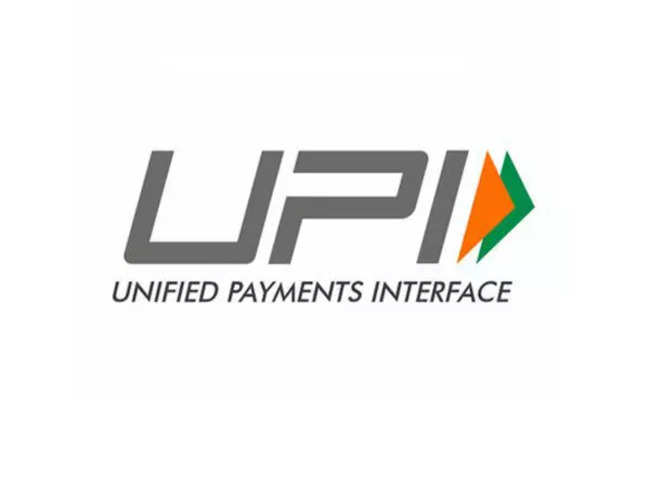 ANI
ANIBy value, UPI recorded transactions worth Rs 20.45 lakh crore in May, compared to Rs 19.64 lakh crore in April, according to the data released by NPCI on Saturday.
The average daily transaction amount stood at Rs 65,966 crore and average daily transaction count was 453 million for May, reflecting a 49% year-on-year growth.
UPI is the fastest growing digital payments channel in the country.
Extending rural reach
Discover the stories of your interest

Both NPCI and the Reserve Bank of India (RBI) are exploring more use cases for the payment mode and extending its reach into the rural economy. ET on May 15 reported that RBI and banks are aiming to encourage beneficiaries of the government's direct benefit transfer (DBT) schemes to conduct their routine transactions on the UPI platform.
NPCI is also onboarding district cooperative banks and rural cooperative banks on to the platform to offer digital payment services to their predominantly rural customer base, many of whom are DBT beneficiaries.
This also coincides with growing concern over dominance of two players on the network — Walmart-backed PhonePe and Google Pay. As of April, PhonePe had a market share of 48.86% by volume, followed by Google Pay, which has a market share of 37.7%. NPCI is yet to release the market share data for May.
ET reported on April 17 that NPCI is encouraging several new third-party payment apps to invest and incentivise consumers, aiming to diversify usage and reduce the high concentration risk posed by PhonePe and Google Pay, which together control around 85% of the market.
Flipkart, Slice, Groww are among recent entrants on UPI, while Cred and Amazon Pay are also among notable firms on the digital payments railroad.
In December 2022, NPCI extended the deadline for third-party UPI players to comply with its 30% volume cap in digital payment transactions by two years, setting the new deadline for the end of December 2024.
RBI and NPCI are also expanding the presence of UPI to other global regions as well. According to the RBI’s annual report of 2023-24, the central bank, along with NPCI, plans to introduce UPI in 20 countries with an initial timeline of 2024-25 and completion timeline of 2028-29.
Currently, besides India, UPI is available in countries such as Singapore, France, the UAE, the UK, Malaysia, Sri Lanka, Nepal, and Mauritius.
Kunal Shah’s Cred is currently running a major campaign for its UPI service and is the fourth major player in the market in terms of market share. A key contention among new players–before investing in UPI aggressively–has been that of clarity on the December deadline for market share cap on transactions.
















 Get Unlimited Access to The Economic Times
Get Unlimited Access to The Economic Times
